Reynard Street Neighbourhood House
History
Aboriginal History.
The Wurundjeri people of the Kulin Nation are the Traditional Owners of the land that is now known as the City of Moreland. The Wurundjeri people spoke the Woiwurrung language and take their name from the word wurun meaning Manna Gum (Eucalyptus viminalis), which is common along Birrarung (Yarra River), and djeri, a grub found in the tree.
For thousands of years before European settlement, this land provided an important source of water and food for the Wurundjeri people who hunted in the area. The Wurundjeri did not ‘own’ the land in the European sense of the word, but belonged to, or were ‘owned by’ the land. They did not live in permanent settlements but camped for periods within defined clan boundaries where food was plentiful, and moved on when the land needed to rejuvenate. The land provided all the Wurundjeri needed – food, water, medicine, shelter – and they treated it with respect.
In the years following British colonisation, the Indigenous population declined dramatically under the impact of new diseases, open warfare, dispossession, the lack of food and water and the almost complete breakdown of the traditional way of life and culture. In Victoria, the government provided Coranderrk (located 50km north-east of Melbourne), as a government reserve for Indigenous people who had been dispossessed of their traditional lands between 1863 and 1924. The reserve was formally closed in 1924, with most residents removed to Lake Tyers Mission.
Colonial History.
In 1912, the army accepted Coburg Borough Council’s offer of land for a drill hall at a peppercorn rent for five hundred years.The hall was officially opened by Senator Miller, Minister for Defence, on 27 February 1914. In 1975, Councillor Murray Gavin discovered that it was illegal for Councils to lease land for longer than ten years, so, after some considerable hesitation, the army was asked to vacate. The hall was demolished in November 1987 and the newly cleared and planted land opened as Robinson Reserve, July 1988.
At first, the council planned to use the old house as a caretaker’s cottage, but Councillor Paul Huckin and the community services manager, Ms Carol Mathew, recognised it could be developed as a Neighbourhood House. The first Neighbourhood Houses/Community Centres had opened in Victoria in 1973, and by 1988 there were almost three hundred in operation. Later that year, the House was officially opened by Councillor Murray Gavin.
The Coburg Courier reported on Wednesday 13th July 1988 (page 7) that the newly elected committee of the Robinson Reserve Neighbourhood House wanted the community to decide on the sort of activities to be held at the house. ‘Community input’ was the catchphrase. Playgroups, community lunches and English as a second language were proposed. As well as recreational and educational programs, community groups could use the house for meetings. This article includes a photograph of the house participants and a few children. The original article is available in print format at the local history room in Coburg Public Library.
The following photographs are provided by the Coburg Historical Society:
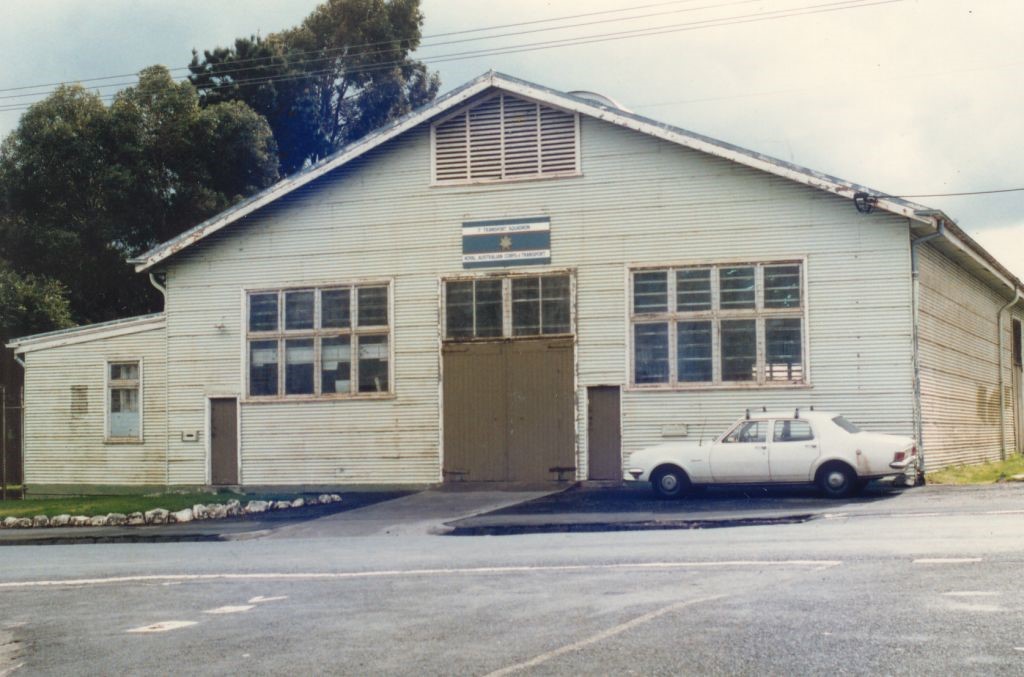
1987 Army Drill Hall Robinson Reserve Coburg just before demolition.
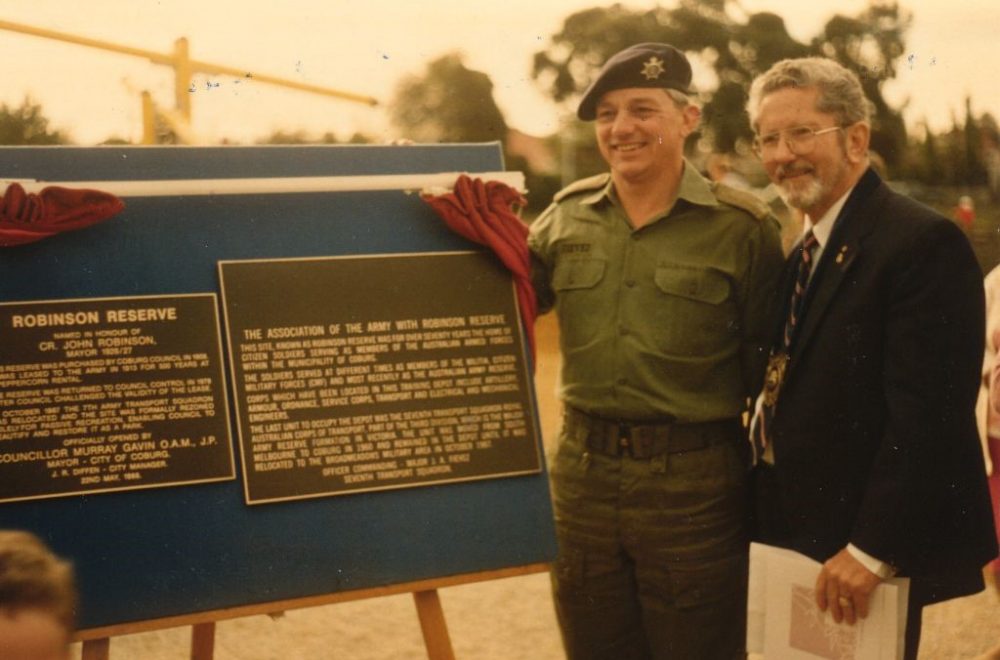
1988 Army Drill Hall Robinson reserve Coburg unveiling of commemorative plaque by Coburg mayor Cr Gavin and Army Major.
Robinson Reserve History.
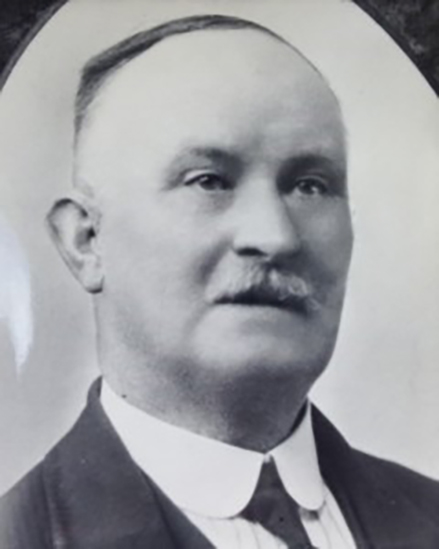
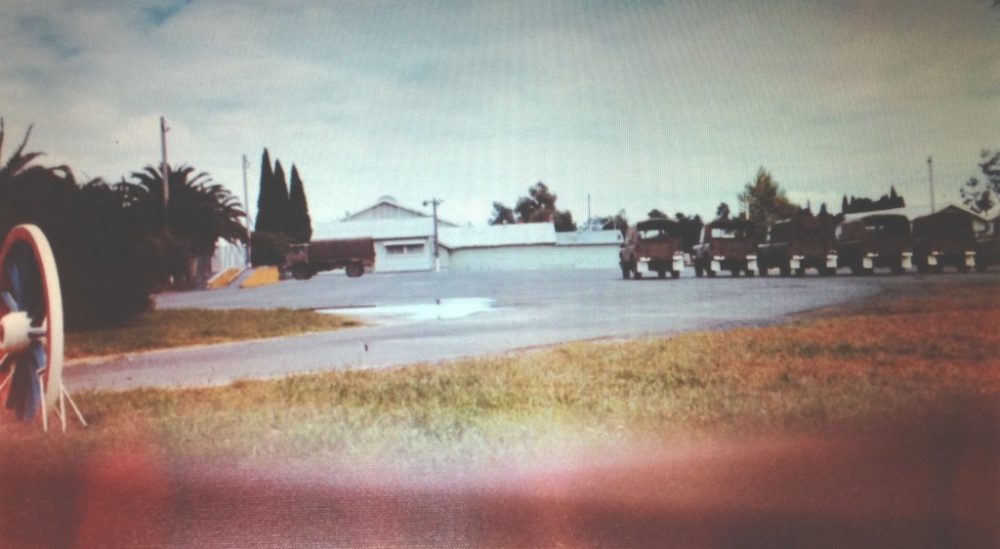
A brief history on Robinson Reserve based on details as recorded in the Coburg Historical Society Newsletter No. 11 dated 21st October 1987:
The Army movement originally wanted a local sporting body to take over the use of the Reserve when they were told to vacate, but instead the Coburg Council decided that the Reserve should be retained as a park for the use of Coburg residents. Under the request of Mayor Councillor Murray Gavin, the Research Section of the Coburg Historical Society found out that the Reserve was part of the original Crown Portion 140 owned by the original Crown Grantee, John Pascoe Fawkner. During J.P. Fawkner’s ownership, the reserve changed ownership a number of times before the Metropolitan Permanent Building Society, sold it to the Borough of Coburg on 7th November 1908.
More details available in the newsletter attachment:
About Robinson Reserve.
Apparently, the Moreland Reserve Committee of adjoining residents raised objections because they did not want a drill hall so close to their homes. The Coburg Council countered with an offer to the Army of as much land as the Army wanted of the 2.5 acres in Reynard Street for as long as they wanted, at a peppercorn rental of one shilling per year. For more details, see the following news articles:
The Coburg Leader (Vic. : 1890 – 1913), dated Friday 11th October 1912 (page 1)
The Coburg Leader (Vic. : 1890 – 1913), dated Friday 6th December 1912 (page 1)
The Coburg Drill Hall was erected by the Defence Department at a cost of £1500 in Reynard Street, for the use of the senior cadets of Area 59 for the 59th Regt. when formed, and later on for a battery of Field Artillery. It was officially opened by the Minister of Defence, Senator Millen, on Friday 27 February 1914. Read more in the following news article:
Brunswick and Coburg Leader (Vic. : 1914 – 1918), dated Friday 27th February 1914 (page 2)
The Coburg Council was congratulated on its action in granting land for 500 years to the Defence Department at a peppercorn rent. At the opening ceremony, the Minister of Defence, Senator Millen gave a speech that was characterised by firm and reasoned patriotism. The grant had the endorsement of both parties in the Federal House, and that of the public. Read more in the following news article:
The Weekly Times (Vic. : 1914 – 1918), Saturday 28 February 1914, page 31
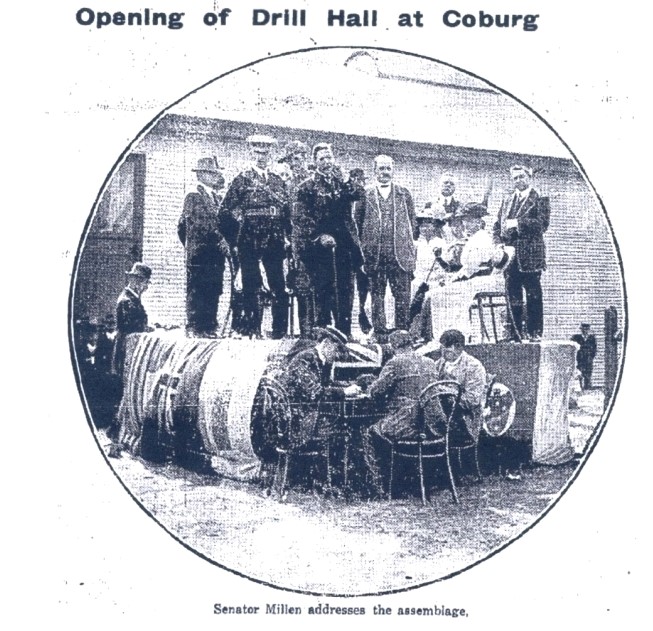
An old photograph of the opening of the Coburg Drill Hall as published in Brunswick and Coburg Star (Vic. : 1914 – 1916), Friday 27 February 1914, page 1.
Brunswick and Coburg Star (Vic. : 1914 – 1916), Friday 11 June 1915, page 4
The Argus (Melbourne, Vic. : 1848 – 1957), Friday 17 September 1915, page 5
The inaugural ceremony in connection with the formation of the 59th Battalion (Brunswick and Coburg), with the inclusion of the 1897 quota of senior cadets, as a unit of the Commonwealth citizen forces, was celebrated in the Coburg Drill Hall, Reynard Street. Read more in the following news article:
Brunswick and Coburg Leader (Vic. : 1914 – 1918), Friday 27 August 1915, page 1
Reynard Street Neighbourhood House would like to acknowledge and thank:
- The National Library of Australia for allowing us to access the above digitised news articles via Trove
- The Coburg Historical Society for providing us with old photographs and newsletters for our reference
- The Coburg Library for providing us with access to the local history room
